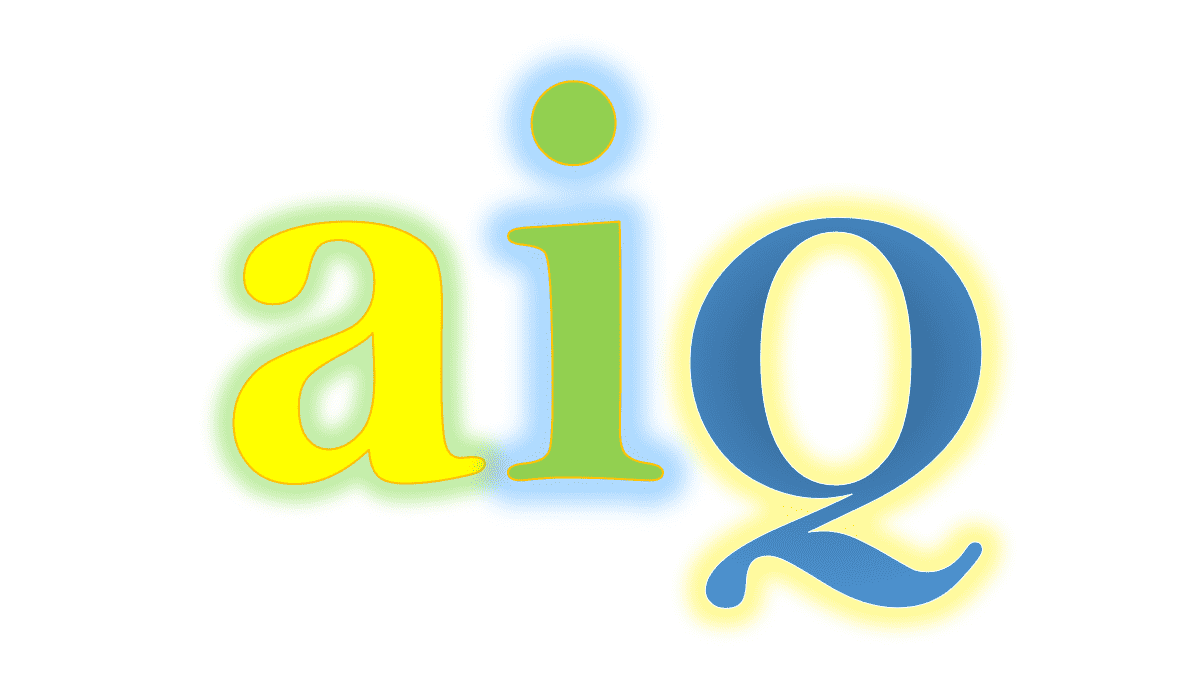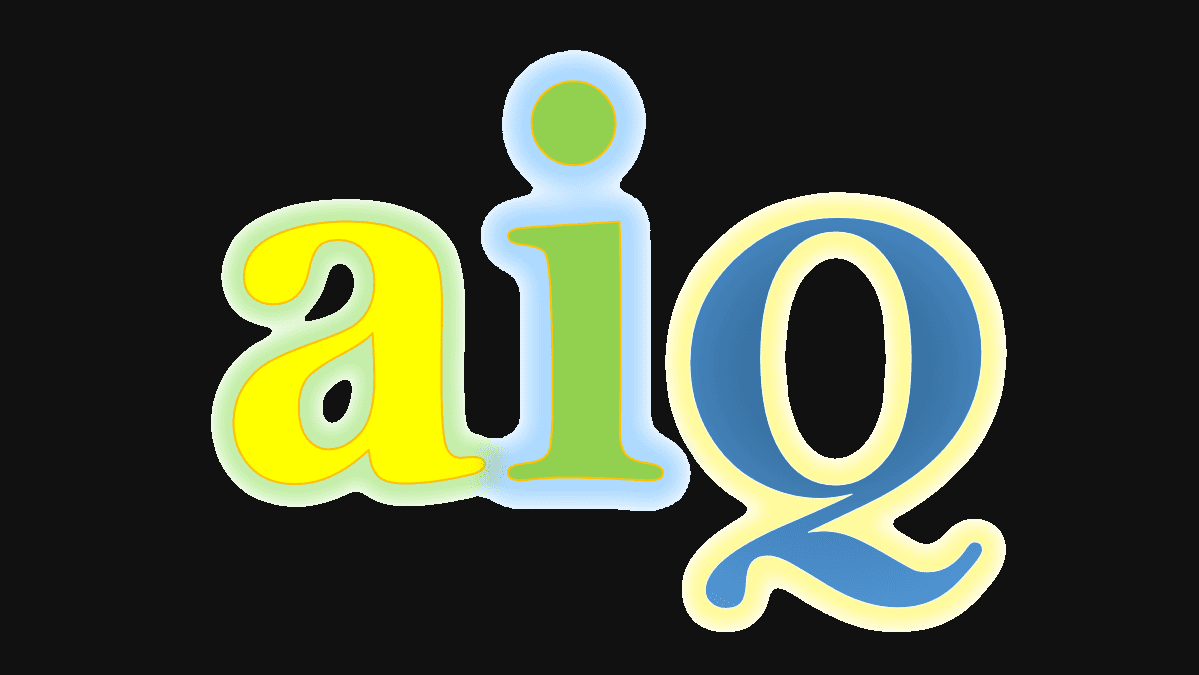As technology continues to advance, artificial intelligence has become a widely popular topic of discussion. In recent years, the development and use of chatbots utilizing Generative Pre-trained Transformers (GPT) have increased significantly.
While many may believe that these GPT-powered chatbots offer unique responses and are becoming increasingly personalized in nature, there is growing speculation about their actual uniqueness.
As such, this article delves into the truth behind whether or not GPT answers offered by chatbots are truly unique or if they simply regurgitate information obtained from pre-existing sources.
The Rise of GPT-Powered Chatbots
In today’s age of instant gratification and technology, chatbots have become ubiquitous in our lives. With advancements being made each day in the field of Artificial Intelligence (AI), GPT-powered chatbots have become especially popular. Businesses have been quick to adopt these intelligent bots as they offer a solution for customer engagement that is both scalable and cost-efficient.
However, there is increasing speculation about whether the answers generated by these chatbots are truly unique or simply regurgitated information from previous interactions.
While GPT models enable language generation that appears to be context-aware and human-like, it remains unclear if they are sophisticated enough to generate personalized responses based on a user’s specific intent.
As such, businesses must carefully evaluate the effectiveness of their AI-based conversational interfaces – not just in terms of their ability to simulate human-like conversation but also their uniqueness factor.
The rise of GPT-powered Chatbots has undoubtedly transformed business operations- however, only time will tell if these advanced machines will ever achieve full personalization while maintaining ultimate customer satisfaction.
How GPT Works in Chatbot Responses
Generative Pre-trained Transformers (GPT) is a machine learning model that has been used to power various types of language intelligence products such as chatbots. GPT works by being trained on massive amounts of data, which in turn allows it to generate content for diverse applications like text completion and summarization.
When it comes to chatbot responses, GPT-powered models analyze data sets ranging from social media conversations, news articles, and even customer service transcripts.
Unlike rule-based systems where a predetermined set of rules guides specific responses or intents such as “yes” or “no,” these neural networks use the context created by the input message and available information sources as reference points to create appropriate replies.
However, while chatbots equipped with this technology can provide personalized answers based on user preferences over time; they are not truly unique.
As a result of being fed vast amounts of readily available data upon training initiation – including frequently asked questions’ (FAQs) – some researchers assert that these bots are more likely simply regurgitating pre-existing knowledge rather than generating novel insights in certain interaction contexts.
The Illusion of Personalization
The illusion of personalization in chat GPT answers has become a pervasive issue in the world of artificial intelligence. On the surface, these responses may appear to be tailored specifically to meet individual needs and preferences.
However, as more and more individuals interact with GPT-powered chatbots, it has become abundantly clear that this level of uniqueness is simply not feasible.
In many instances, GPT chatbots offer pre-programmed responses based on general conversation patterns or frequently asked questions. While they may integrate some elements of personalized data such as name or geographic location into their replies, these factors alone do not constitute true personalization.
Instead, they represent an attempt by companies and developers to create a false sense of intimacy between users and machines.
Ultimately, it is important for individuals to understand the limitations of current AI technologies when interacting with chatbots powered by GPT models.
By recognizing that most responses are not truly unique or personalized in nature, we can avoid falling prey to the illusion created by those who seek to monetize our interactions with these machines for their own gain.
The Limits of GPT in Generating Unique Responses
Generative Pre-trained Transformers (GPT) have revolutionized the way in which chatbots interact with humans. However, despite their advanced capabilities, there are certain limitations to GPT’s ability to generate unique responses.
While they may appear personalized and relevant, GPT-powered chatbots lack true creativity as their answers are generated based on a pre-existing set of data.
The issue with relying solely on this data is that it can lead to repetitive responses and limited engagement with users instead of creating dynamic conversations.
Additionally, while GPT-powered chatbots tend to be good at churning out simple answers or predictable responses, they often struggle when confronted with complex questions or unfamiliar situations.
It is essential for developers to understand these shortcomings when building AI models using language models like GTP so that user experiences remain satisfying and meaningful even if the answer given isn’t 100% unique but rather augmented by a more human-like interaction between user and bot.
The Role of Pre-existing Data in Chatbot Responses
In the world of chatbots, pre-existing data plays a crucial role in determining their responses. While GPT-powered chatbots have the ability to generate language models on their own, they heavily rely on large sets of pre-existing data to create these models.
This means that the answers provided by these chatbots may not be entirely unique and could simply be an amalgamation of previously used phrases and sentences.
However, this is not necessarily a bad thing as it allows for faster response times and more accurate information. The pre-existing data helps chatbots provide relevant answers based on past conversations thereby increasing user satisfaction.
Additionally, with machine learning algorithms constantly improving, we can expect chatbot responses to become even more personalized despite relying on pre-existing datasets.
Overall, while there may be doubts regarding the uniqueness of GPT-based chatbot responses due to pre-existing data usage, it ultimately depends on how well companies utilize this technology for natural language processing purposes.
By focusing on proper training methods and continuing to improve AI algorithms over time, we can potentially achieve truly unique experiences with our digital assistants regardless of where they source their information from.
Human Involvement in GPT Chatbot Responses
When it comes to GPT chatbot responses, there is a common misconception that these interactions are entirely computer-generated.
However, the truth is that human involvement still plays an essential role in creating and shaping these responses. While AI capabilities like natural language processing (NLP) allow chatbots to understand user queries, human developers must program specific parameters and rules within the system to guide their answers.
Moreover, chatbots with GPT technology also require training data sets that they can learn from over time. These datasets come from numerous sources such as Wikipedia articles or social media posts but are usually reviewed by humans before being used for training purposes.
Therefore, while a bot’s response may appear unique at first glance due to its high level of personalization– reflecting recent conversations or searches of users–, it’s actually based on previously recorded data collected from other sources approved or modified by people.
Overall, when considering the uniqueness of GPT-powered chatbot answers, human involvement cannot be overlooked. As much as we rely on AI programs for our conversational needs today; it is necessary not only at present but in future builds of more advanced tools!
The Future of Chatbot Development with GPT Technology
As chatbot developers continue to integrate GPT technology into their virtual assistants, the future of these bots looks promising. GPT technology has the ability to analyze vast amounts of data and develop unique responses based on user queries.
With the integration of machine learning algorithms, these chatbots are becoming more personalized, allowing them to interact with users in a conversational tone.
Despite this progress, many experts have raised questions regarding the uniqueness of GPT-powered chatbot responses. As a result, efforts are being made towards enhancing these platforms’ knowledge databases by incorporating new information from varied sources such as social media or other online forums.
In conclusion, while there is still much skepticism surrounding how unique GTP-based chatbots truly are given their access to massive amounts of pre-existing data, there is no denying that they are fast becoming some of today’s most advanced virtual assistants.
By continued improvements in systems like natural language processing (NLP) and machine learning models that support better handling and interpretation training sets for future software releases will undoubtedly lead more intelligent bot communication experiences down for humans everywhere!








